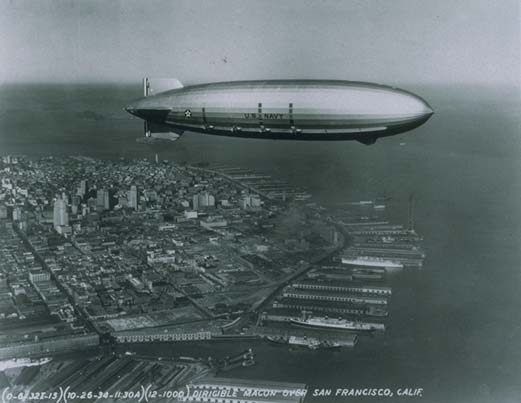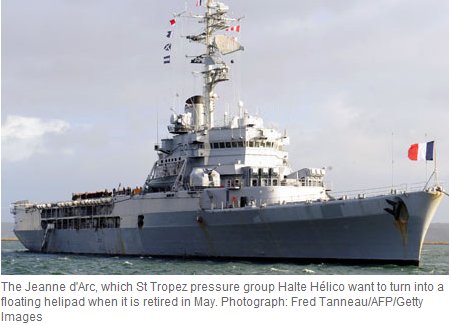Well, no, it stands for Strategic Defence and Security Review, which is what the British government is conducting right now. Lewis Page (who is a former naval officer, BTW) is still hoping that the Admirals can manage to save the core components of the Royal Navy from the budget cutters:
The Telegraph reports on the matter today, quoting unnamed insider sources at the heart of the ongoing Strategic Defence and Security Review (SDSR, the new government’s name for the savage cuts that will be necessary to sort out the UK defence budget crisis).
According to the paper’s informants, the navy has proposed cutting its fleet of “escort” warships (submarine-hunting frigates and air-defence destroyers) from the current 23 down to 12 — a couple more than we here on the Reg naval desk suggested under We Want Two. We didn’t think that the navy could preserve its vital amphibious-landing capability without cutting the tremendously costly — and largely useless — escort fleet a little further. It seems that we were on the money, as reportedly the two-carrier, 12-escort plan calls for “all amphibious craft” to be dispensed with.
If the paper’s sources are correct, some version of the escort-slashing, carrier-saving plan will go ahead. Reportedly the ministers of the National Security Council, meeting yesterday, “stopped short of a formal decision”, but “insiders now believe both ships will be built”.
Getting the two carriers through the first skirmish in the budget battle is a good start, but the ships are cheap compared to the proposed aircraft to equip them. The F-35B supersonic VTOL/STOL aircraft will cost a lot more than the ships they’ll be based on.
Although it makes for a fairly cheap carrier, the F-35Bs would be horrifyingly expensive, particularly if bought in time to equip the ships as they are completed. Not only is the F-35B the world’s first ever supersonic stealth jumpjet, it is currently suffering severe delays in flight testing: for quite some few years, until the production line gets into gear and economies of scale kick in, it will be very pricey to buy. It will also be comparatively expensive to own and operate, as perhaps the most or second-most complicated jet in the world today. Worse still, the need to carry a lift fan, swivelling exhaust nozzle and multiple lids and doors to cover these things when not in use means that the F-35B jumpjet will not be as good a combat plane as the F-35A and F-35C versions (runway and catapult respectively).
If we dare to assume that the hulls will be built, then a quick budget fix would be to omit the F-35B and install catapults on the carriers to allow them to use cheaper tail-hook aircraft (the F-18 or perhaps the F-35C). That’ll chop a few billion off the total cost of the package, and the only fly in the ointment is that the carriers are gas-turbine, not steam or nuclear-powered. That means depending on the not-yet-in-service electromagnetic catapult designed for the USS Gerald Ford, the next big American carrier.
The US Navy is committed to the electromagnetic catapult working, or they’ll have to pay a lot of money to re-engineer the Ford to use older technology and accept a multi-year delay in commissioning the ship. The US Navy could buy the entire Royal Navy out of petty cash, so it’s not a huge risk to depend on them getting the bugs worked out of the new mechanism in time.
The Telegraph thinks that the plan will be to convert HMS Prince of Wales, the second carrier, to an amphibious assault ship. Page thinks this is a bad idea on multiple counts:
The Telegraph‘s sources think that this is on the cards, saying that “ministers have discussed reconfiguring the first new carrier as a helicopter platform that would also carry Royal Marine commandos. The carrier would then ultimately replace the existing helicopter ship, HMS Ocean“.
This is a foolish plan, however. HMS Ocean is new: she doesn’t need replacing. Furthermore, having only one proper carrier is much, much worse than having two, almost as bad as having none: an enemy need only wait until the sole proper carrier is in a planned refit before becoming aggressive, happy in the knowledge that the UK can’t even rattle its sabre effectively in response. (One of the main ways that the USA resolves or responds to tense situations around the world day to day or week to week is to move its carriers about.)
In effect, the amphib downgrade plan sacrifices a hugely important and powerful carrier — gives up the critical one-carrier-always-up capability — and throws away the perfectly good HMS Ocean, which was actually quite cheap to have anyway (she cost less than a typical escort and her crew is no larger). The only upside here is that one or two more frigates or destroyers are preserved, a largely meaningless gain: the more so as there would now be fewer capital ships actually requiring escorts.
The problem with any kind of military spending is that you’re trying to make provision for the unforeseen future contingency. The last time the British government was on the verge of scrapping the aircraft carriers, Argentina kindly kicked up a ruckus that required military action — which would not have been possible without the carriers.
This time around, there’s no likely trouble spot to flare up and force the government to reconsider (unless we can prod Argentina to do us a favour again . . .)





